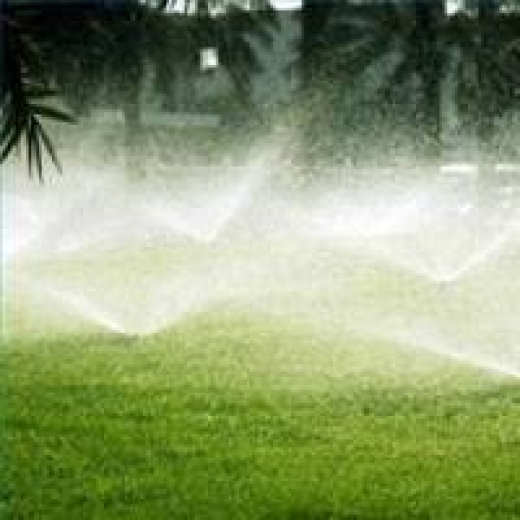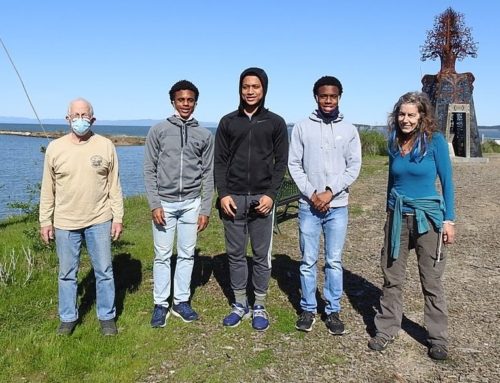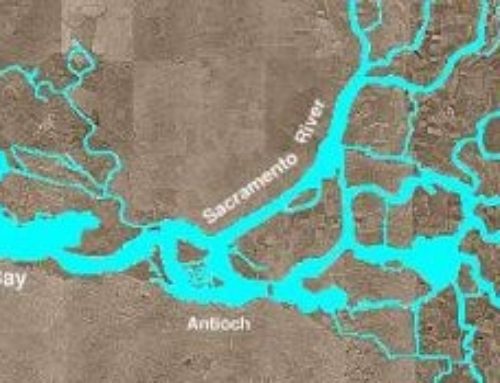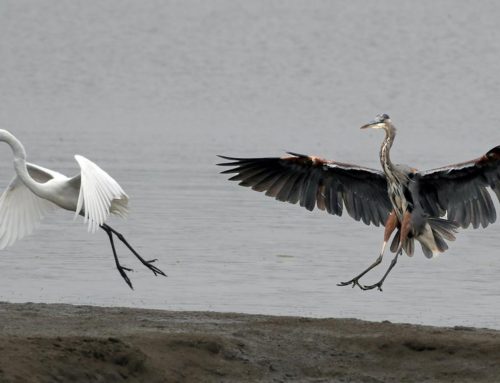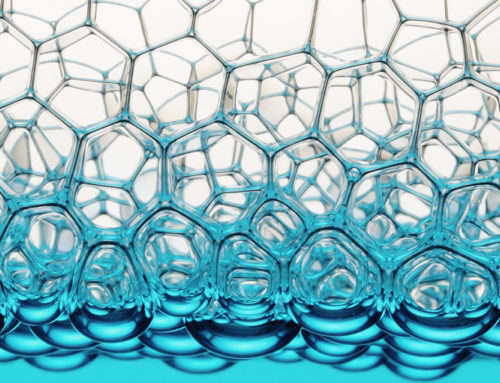Californians use copious amounts of highly treated potable water on thier landscape. Water used for irrigation is over half of the California residential water use every day. Studies on residential water use figures continue to propose a wide range, from 108 to 173 gallons per day. Given the spread, we can use the average of 141 gallons per capita per day (PCPD), giving us a 70+ gallon PCPD use of potable water on landscaping. Did you notice that word “potable”? That means the water you are using has been pumped from groundwater and or transported to a treatment facility where it is treated to the highest standards for potable water using a good deal of fossil-fuel based energy. Truthfully, it just doesn’t make sense to be using potable water on landscaping in a state that is in such a critical condition in terms of water supply. That is twice as true for those living in the naturally hot and dry climate of Southern California who are using water imported from up to 1800 miles away (source of Colorado River to San Diego).
The City of Palo Alto just released this video (including a photo of my own abundant front yard garden which I water once a month during dry weather) featuring Palo Alto’s utility rep, Catherine Elvert, who has been deeply involved in water reductions in the City of Palo Alto, as well as making efforts to educate water users all over California about how to reduce water use in landscaping. While still a bit baroque about graywater use standards, Palo Alto is offering a modest rainwater harvesting rebate and is making truly great strides with water conservation. See their new video below.
According to the CA Department of Water Resources (DWR), “Landscape design, installation, and maintenance can and should be water efficient” (Excerpts from: Title 7, Div. 1, Ch. 3, Article 10.8 (d) and (e) of the Government Code)
The California State Legislature recognizes the importance of landscaping for recreation, fire protection, erosion control, enhancing environmental conditions and replacing ecosystems in areas of development. However, California faces a real challenge to meet the water needs of a growing population with a limited supply of water. To meet this challenge, water use in landscapes must become more efficient. There are many ways to accomplish this goal and even modest improvements can have a cumulative effect in saving a great deal of water. makes the following suggestions for implementing water-efficient landscaping:
- Regular maintenance of irrigation systems
- Regular adjustment of irrigation controllers
- Education of residents, customers and employees regarding the importance of efficient water use
- Irrigation scheduling based on plant water needs
- Preventing overspray, irrigation runoff and low head drainage
- Water-efficient landscape designs using low water-use plants
- Efficient irrigation systems
- Minimize amenity turf areas
- Soil improvements and mulch
- Scheduling irrigation during early or late hours
- Water budgeting using evapotranspiration data from CIMIS and crop coefficients from “WUCOLS” -Water Use Classification of Landscape Species
- Dedicated landscape water meters or submeters for monitoring of water budget and leak detection
- Conformance to local or the State Water Efficient Landscape Ordinance
- Coordinate efforts with local water agency for incentives, rebates and planning programs
When it comes to truly water-efficient landscape ordinances in water-poor areas, I often turn to the example of Tucson Arizona. Four years ago in 2008, Tucson became the first municipality in the country to require developers harvest rainwater for landscaping. The new water-saving measure, approved by a unanimous vote by the City Council, mandates that new developments meet 50% of their landscaping water requirements by capturing rainwater. The new rule goes into effect June 1, 2010. Not only should we replace lawns with water efficient landscaping in order to help meet the state’s goal of a 20% redeuction in water use by 2020, but we should consider incorprating local sources of water such as rainwater and graywater, which can be harvested and (re)used on site in landscaping, further contributing to water reductions and a more biodiversity-rich form of landscaping to support our local ecosystems, which in the end, is the way to support our own vibrant lives. In general, rainwater and graywater are both more beneficial for plants than treated potable water.


